Jeff Hong is an animation and storyboard artist who works at Disney Studios in California. He is based in Los Angeles and has worked on movies such as Tarzan and Mulan. Jeff Hong developed a series titled ‘Unhappily Ever After’ which combines realistic backgrounds that juxtapose iconic Disney characters.
The artist takes what is nostalgic, precious and innocent to the millennial generation and forces the viewer to confront the reality of both the environmental and social problems that are at the forefront of society today. Issues such as climate change, ocean pollution, stark inequality, racism, poverty, economic degradation, abuse and war are highlighted in his works and put into emphasis the United Nations Sustainable Development Goals (SDGs) that exist to confront them.
Hong uses some of the most recognizable cartoons ever made to touch a broad audience, making a big impact on the internet with many of his pieces appearing on social media networks. He takes problems that society tends to turn away from and makes them more palatable and eye-catching. The juxtaposing images are striking and develop a narrative that is opposite of the fairytale that we are used to.
Several of his images address modern environmental problems and climate change.
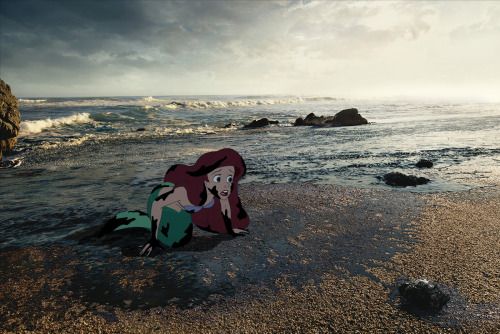
These are seen in his depiction of the repetitive oil spills that occur globally, having a devastating toll on marine life and touching upon the SDG concerning the protection of Life Below Water.
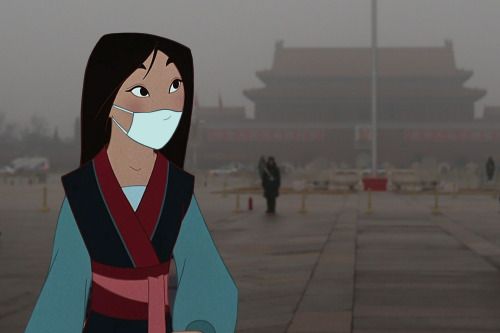
His piece on Mulan focuses on air pollution that causes health and environmental problems in many of the world’s megacities. This addresses the concerns of multiple SDGs, ranging from Climate Action, Good Health and Well-Being, Sustainable Cities and Communities, and Affordable and Clean Energy.
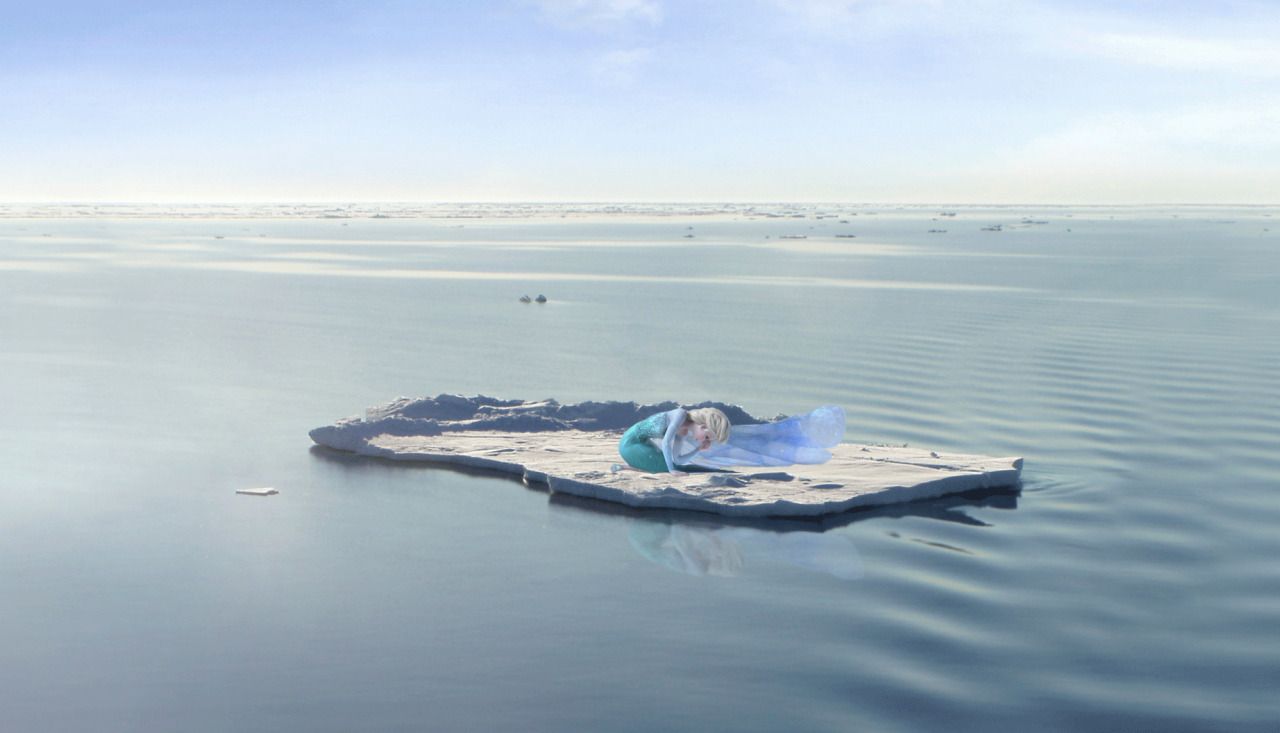
His artwork featuring Elsa from the movie ‘Frozen’ displays the rapid melting of sea ice in the arctic, putting many species at risk. This is at the forefront of the SDGs focusing on Life on Land and Below Water, through concerns of increasing sea levels affecting port cities and warming sea temperatures affecting marine life.
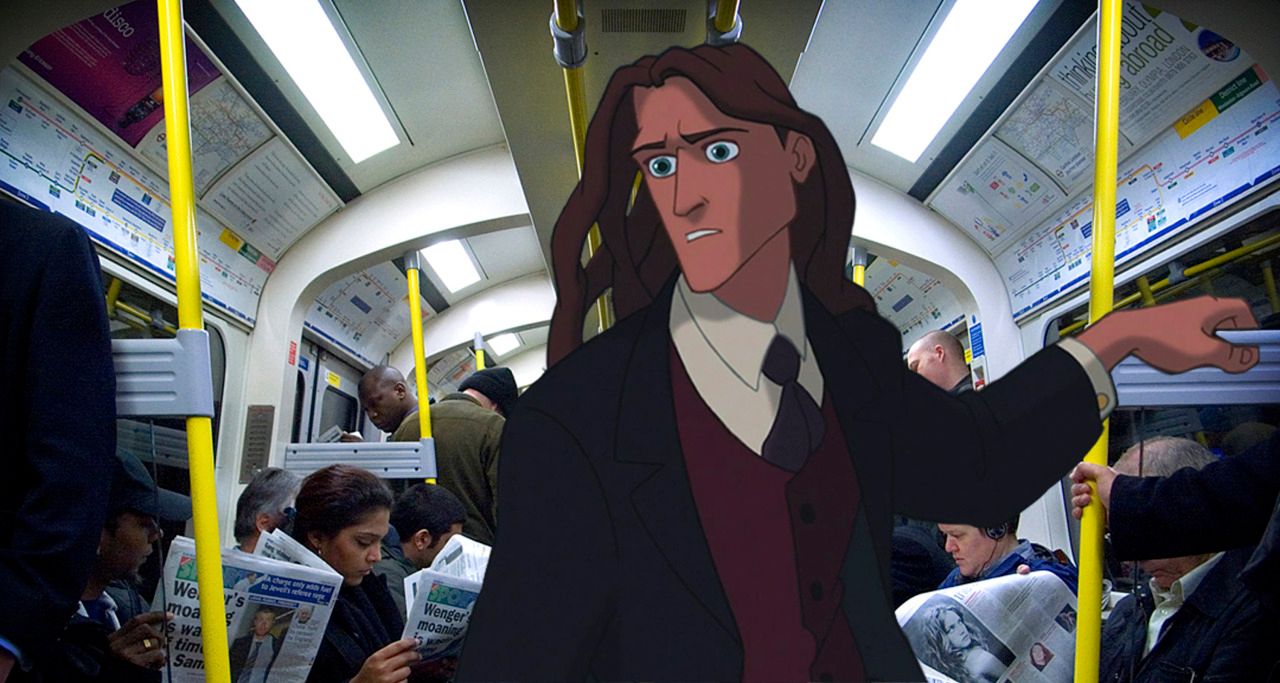
His piece featuring the main character of ‘Tarzan’ showcases a reflection of what was once a forest for this character’s home, now becoming a concrete jungle. It makes the audience perceive the effects of unsustainable economic and infrastructural growth and development on surrounding environments, emphasizing the importance of regions implementing the SDG on Sustainable Cities and Communities.
A similar story is shown below in this image of Mowgli from ‘Jungle Book’ whose whole story was based around the fact that he was raised by wolves in a pristine and biodiverse jungle but now finds himself, like much poor youth in developing regions with stark inequality, to be fending for himself in an urban landscape littered with plastic trash, degraded old housing and dirty water. The relevance of the SDGs on Clean Water and Sanitation, Responsible Consumption and Production, Sustainable Cities and Communities, Reduce Inequalities, No Poverty and Decent Work and Economic Growth are highlighted.
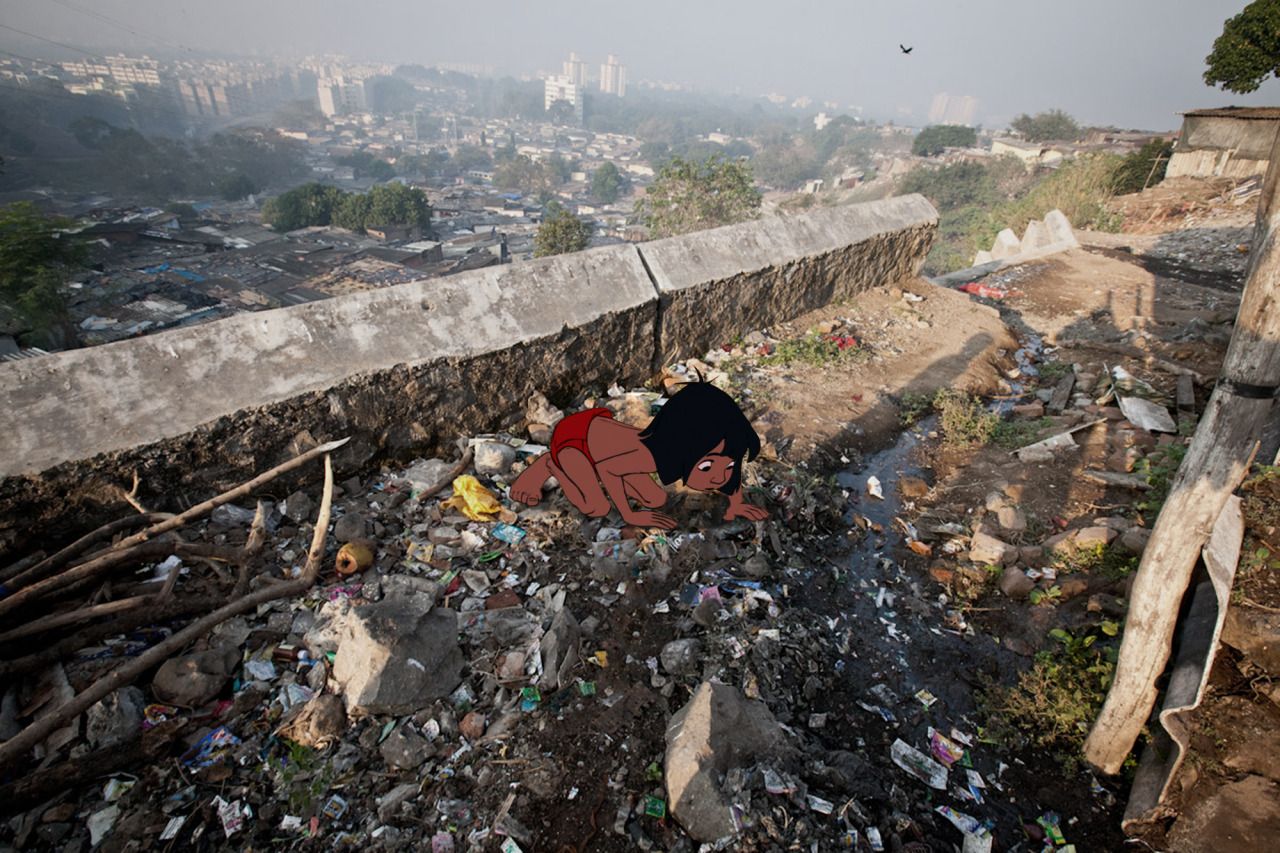
As can be seen, Hong doesn’t limit himself to environmental concerns, he also addresses a range of social and economic concerns in his artwork.
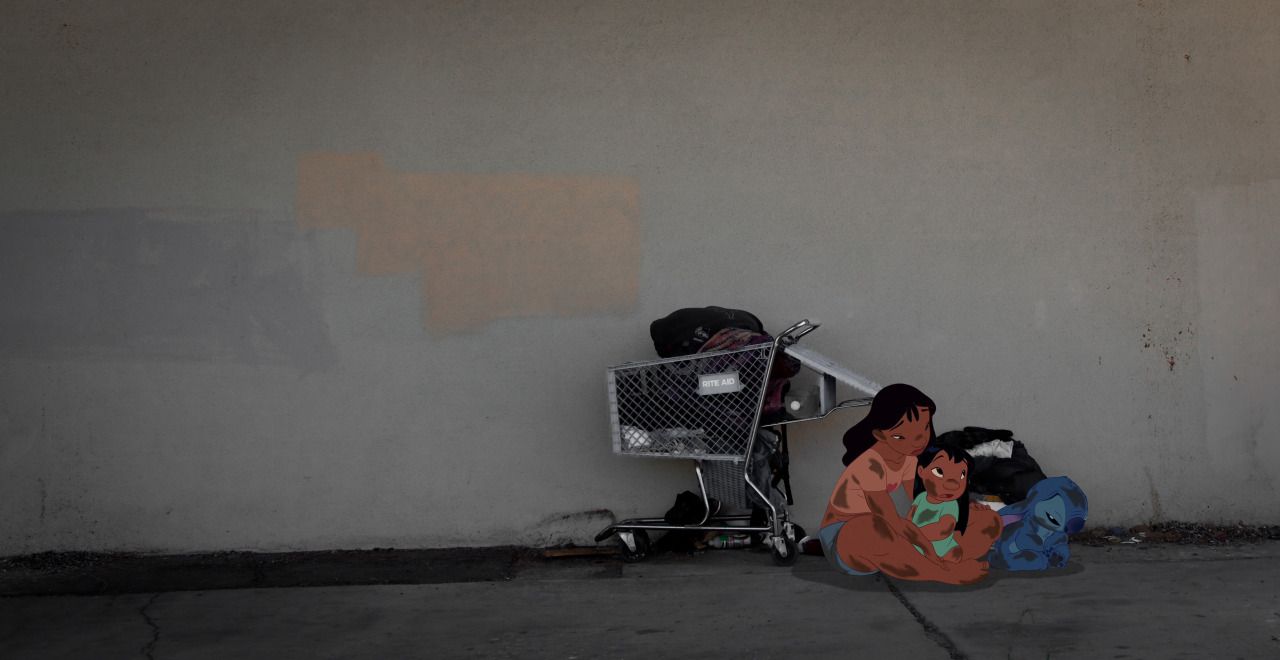
Hong illustrates the challenges people from low-income and broken households, especially from minority backgrounds, face when gentrification occurs. This is seen in his depiction of Lilo and her elder sister’s homelessness in Hawaii, a region to which they are indigenous, but which faces striking increases in housing costs. The two-member family with their pet are found on the streets and help highlight the relevance of the SDG on Decent Work and Economic Growth, as well as Reduced Inequalities.
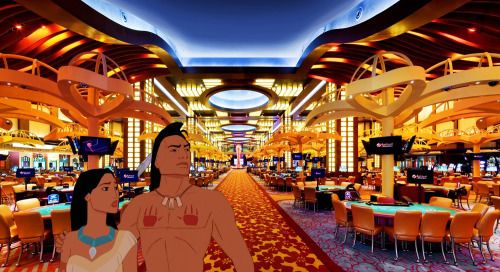
Hong extends his display of indigenous peoples to his work featuring Pocahontas which addresses the controversial topic of casinos on Native land as a modern source of economic growth for reservations and the general use of Native land, which was also the main plot in the film. This puts into emphasis the SDG concerning Decent Work and Economic Growth.
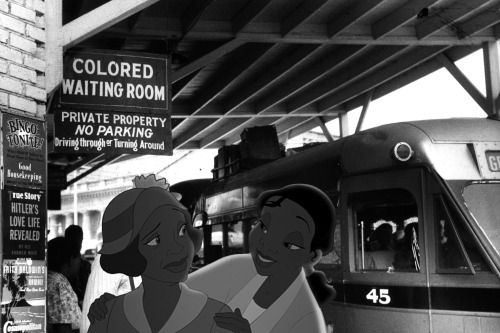
The artist also showcases the realities of racism in the 20th century with the segregation that occured in the south of the United States, where the film ‘Princess and the Frog’ takes place. It is a reality the film fails to mention, but that the SDG on Reduced Inequalities seeks to address and fix.
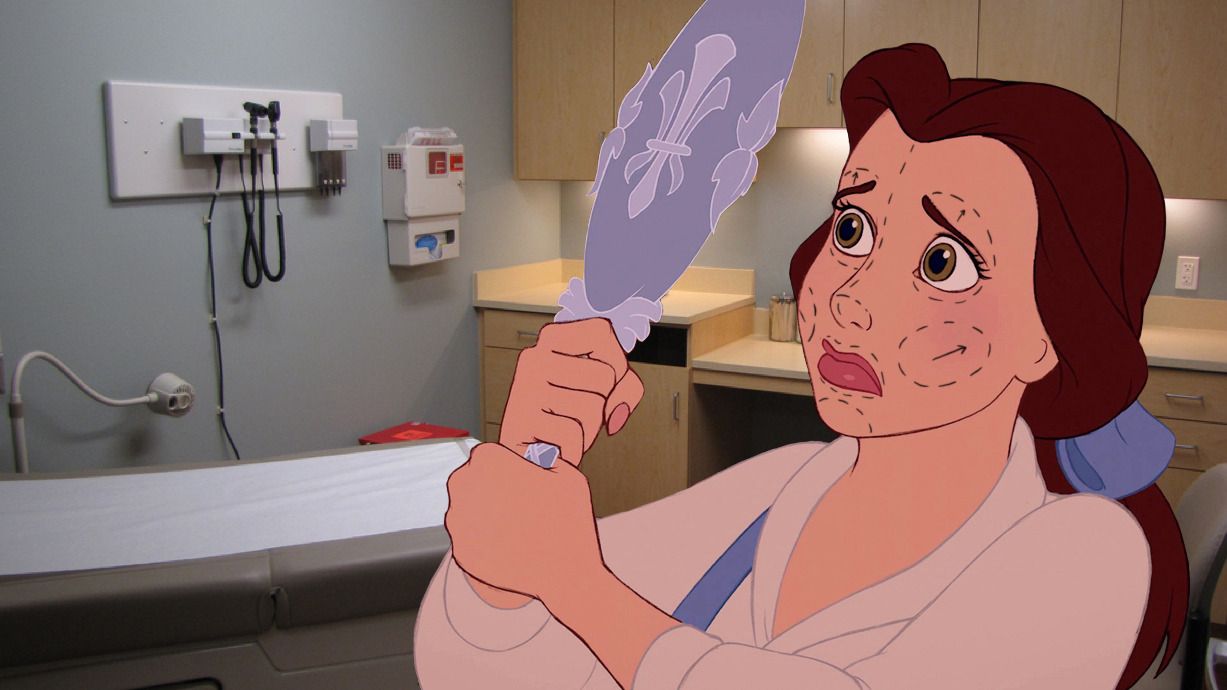
In Hong’s satire of ‘Beauty in the Beast’, the main character, Belle (which is French for ‘beautiful’), is self-conscious of her own appearance and seeks plastic and cosmetic surgery. This is a reflection of the pressure placed on young people today, especially through social media, to look a certain way - if not perfect.
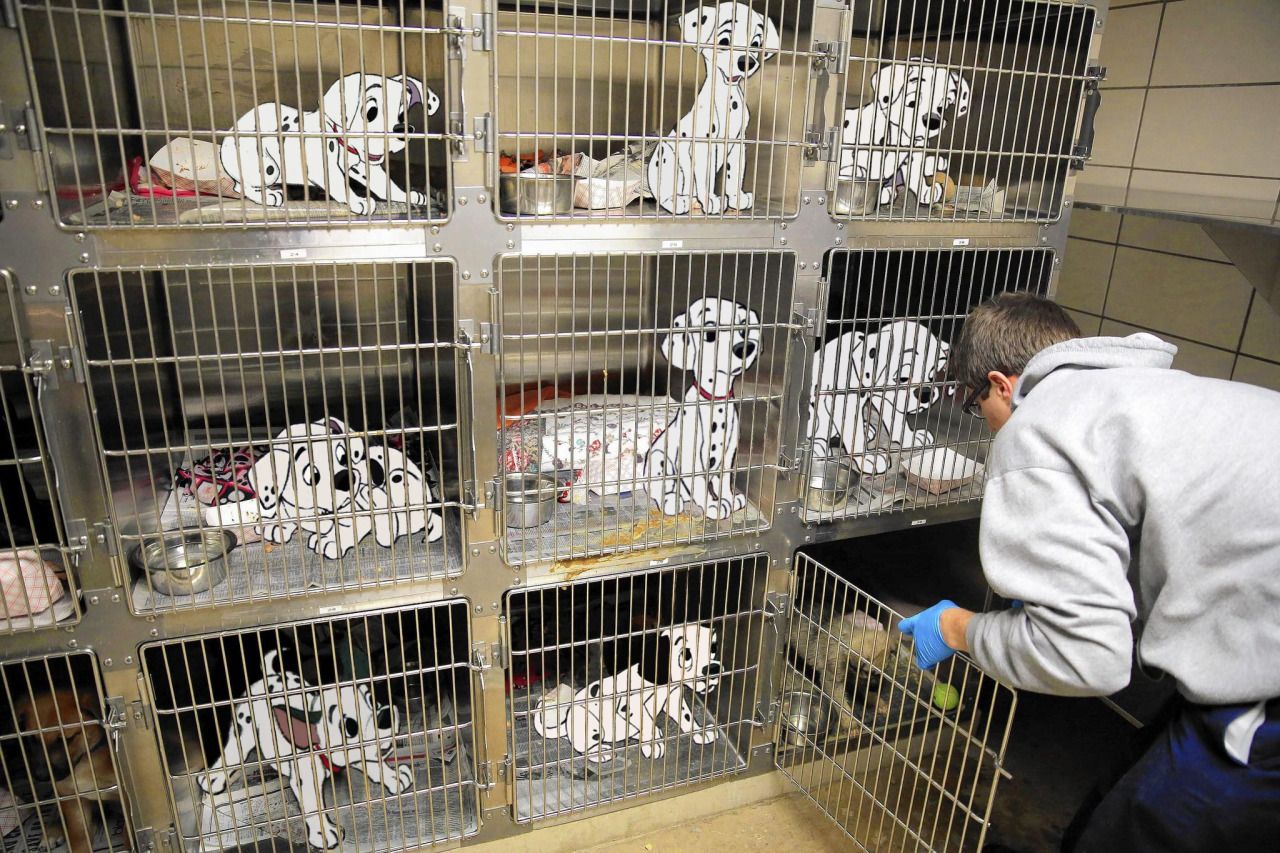
Jeff Hong is able to capture the world’s attention by using a combination of juxtaposing images that hold a fairytale next to the harsh reality of our world today. The artworks erase the facade of perfection and the inevitable “happy ending” that is so highly expected. The images force our world as a whole to reflect on the major issues at hand, showcase the relevancy of the UN SDGs and raise the importance of how we can do our part to help address them, little by little.
